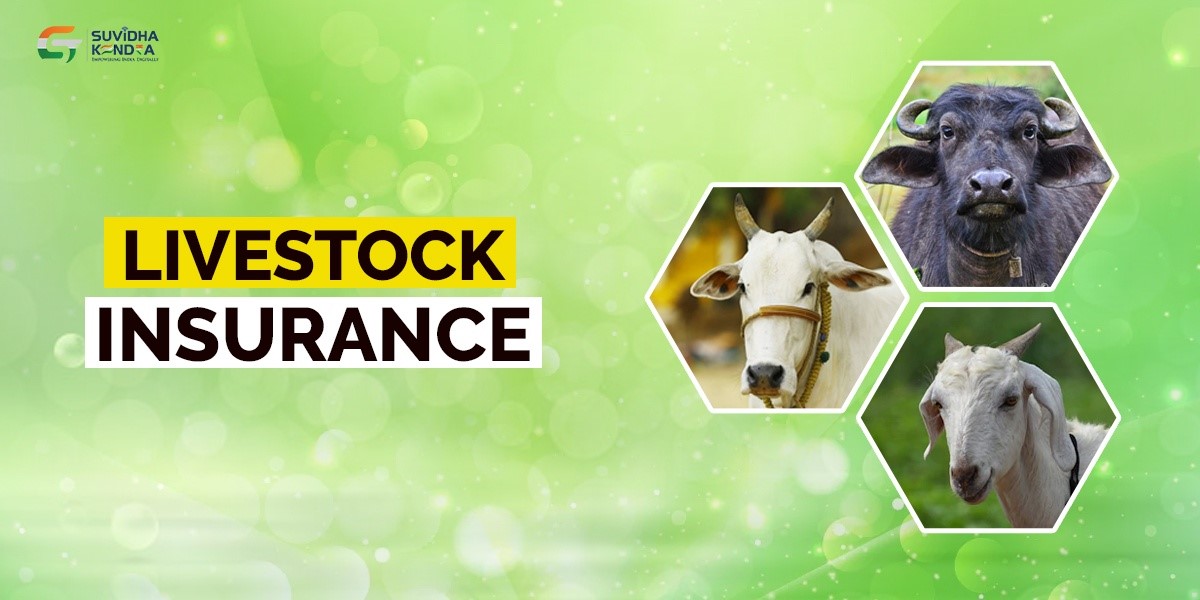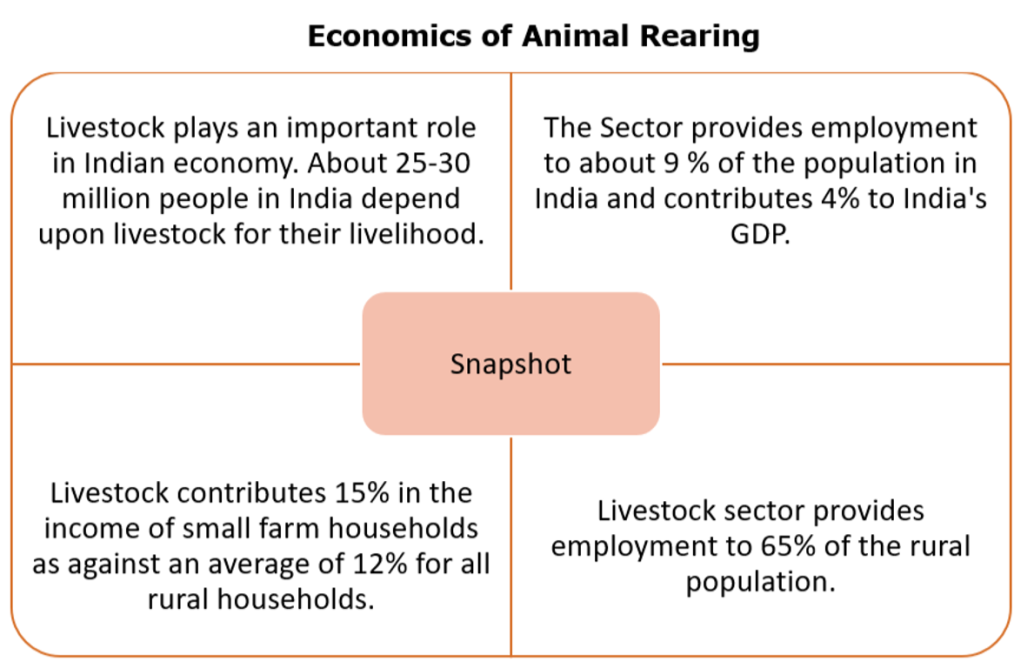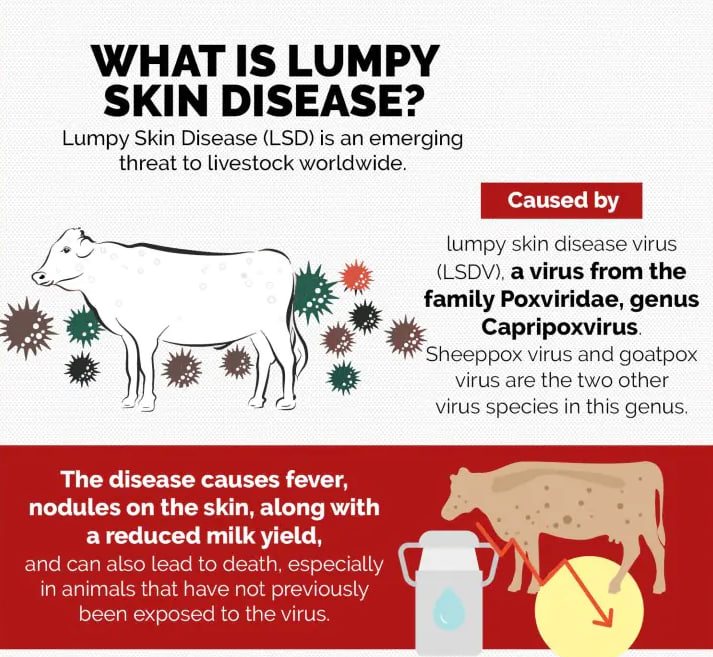Description

Copyright infringement not intended
Context: The Union Government is planning to reform the livestock insurance programme to increase coverage.
Details
About the Proposal
- The Union Government is planning to introduce a comprehensive livestock insurance scheme similar to the Prime Minister's Fasal Bima Yojana.
- Initial proposals are to waive premiums for cattle rearers from Scheduled Caste (SC) and Scheduled Tribe (ST) populations.
- The initiative would be implemented by the Union Animal Husbandry Ministry ahead of the 2024 Lok Sabha election.

Need of the hour
- Currently, less than 1% of cattle in the nation are insured, and the average monthly premium is 4.5% of the insured sum.
- Low enrolment in animal Insurance is due to high premium rates and farmers' overall economic difficulties.
- Around two lakh cattle died as a result of the lumpy skin disease outbreak. Farmers have asked the government for compensation for their losses. As a result, the Centre's objective is to keep the premium low while ensuring maximum livestock coverage.
Steps taken
- The Animal Husbandry Ministry recently met with insurance firms and other stakeholders to discuss the issue. "Our objective is to reduce the premium so that more farmers enrol in the plan," an official said, adding that the current Livestock Insurance Scheme would be replaced with complete livestock insurance.
-
- Livestock Insurance Scheme is currently operational in 100 districts across the country. The different State Livestock Development Boards oversee the Centrally Sponsored Scheme.

Keywords
Lumpy skin disease (LSD)
- It is an infectious disease in cattle caused by the Poxviridae virus, often known as the Neethling virus.
- It mostly affects cattle and water buffalo through vectors such as blood-feeding insects.
- The disease is characterized by fever, swollen superficial lymph nodes, and numerous nodules on the skin and mucosal membranes. Affected animals lose weight quickly and may have a fever and oral sores, as well as a lower milk supply.
- Additional symptoms include increased nasal and salivary discharge. Pregnant cows and buffaloes frequently miscarry, and in some circumstances, ill animals die as a result.
- Early detection...followed by a rapid and extensive vaccination campaign...is essential for successful LSD control and eradication.

Must Read Articles:
Livestock Census: https://www.iasgyan.in/daily-current-affairs/livestock-census
Livestock Schemes in News: https://www.iasgyan.in/daily-current-affairs/livestock-schemes-in-news
Livestock and Zoonosis: https://www.iasgyan.in/daily-current-affairs/livestock-and-zoonosis
Pradhan Mantri Fasal Bima Yojana: https://www.iasgyan.in/daily-current-affairs/pradhan-mantri-fasal-bima-yojana-pmfby
|
PRACTICE QUESTION
Q. The livestock sector is vital to the Indian economy. Strong expansion in this sector has the potential to contribute to more equitable and inclusive growth. This is because the majority of people involved are small landholders and landless farmers. Livestock rearing offers a high potential for non-farm employment and revenue generation in rural regions. Suggest appropriate steps to boost this sector in India.
|

https://epaper.thehindu.com/ccidist-ws/th/th_delhi/issues/31928/OPS/G5OB3F32P.1+GV1B3G38G.1.html













